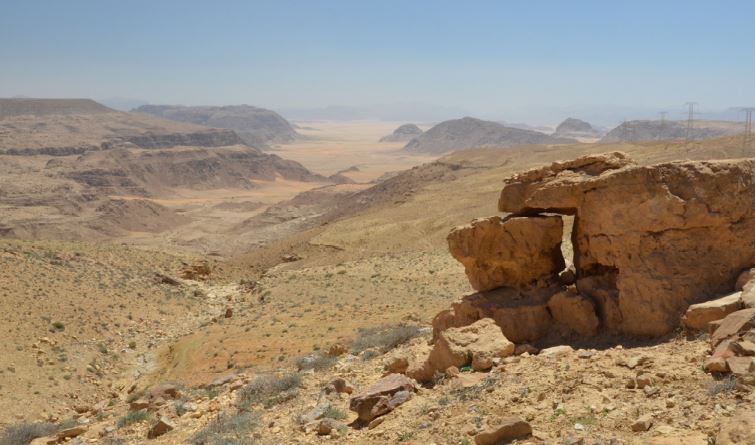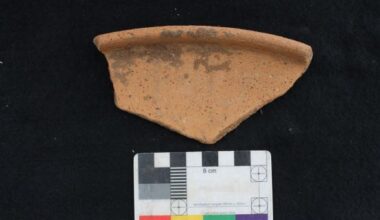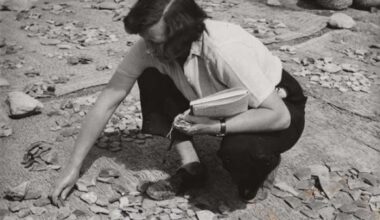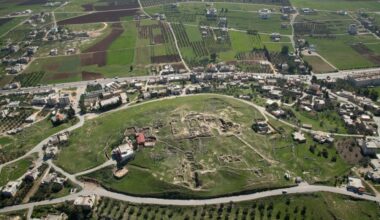Project summary
The project, supported by the CBRL travel grant, set out to investigate the southern Khatt Shebib (Jordan) to understand better the different construction techniques used and its relationship to the broader landscape.
Project details
Location: Jordan
Year(s): 2020
Project director(s): John Winterburn
Lead institutions and funding:
- CBRL
Project description
The Khatt Shebib is an extensive, linear, stone feature with several side-arms, or branches. It runs from the Ras en Naqb escarpment, 40 kilometres south of Petra, in southern Jordan, to the Wadi el Hasa – a total of 150 kilometres in length. The southern section was first recorded by the British diplomat Alex Kirkbride in 1948 when flying over the area, and other field workers and aerial archaeologists have found the central and northern parts. Its function and date are unknown. It has been speculated that it may be a boundary between settled and nomadic peoples, a line marking the eastern limit of permanent water points or possibly even a defensive structure. The date of the Khatt Shebib is uncertain, but some researchers have proposed prehistoric dates by association with adjacent structures. Recent, limited scientific dating supports this proposal with a date of 400 BCE. Except for pioneering fieldwork carried out by Dr Fawzi Abudanh, there has been little specific field walking and evaluation of the structure.
The project, supported by the CBRL travel grant, set out to investigate the southern Khatt Shebib to understand better the different construction techniques used and its relationship to the broader landscape. Data gathered from field walking and the rapid recording of associated features will be evaluated and used to develop a project proposal for further work to field walk and record the entire feature, adjacent archaeology and the immediate landscape. This will enable possible theories for its function to be developed.
Project bibliography
Winterburn, John. 2021. The Khatt Shebib landscape project. Bulletin of the Council for British Research in the Levant 2020, p 19.
Published:10 December 2021















